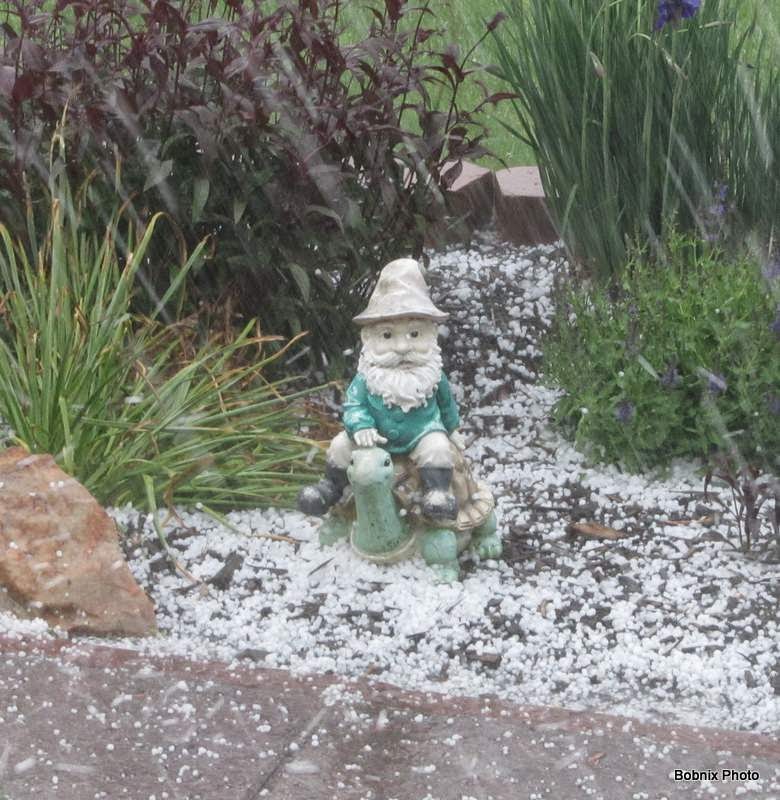Have you ever wondered how to pick the perfect watermelon out of the bin at the supermarket? Or how best to store that salad mix you just bought? Or whether there’s a nutritional difference between white and yellow corn, green or red lettuce, or the 15 varieties of apples available at your local produce stand? Or whether strawberries will become sweeter if you let them sit on your counter for a day or two?
If you like answers to questions like that, you’ll enjoy Jo Robinson’s book “Eating on the Wild Side: The Missing Link to Optimum Health” (Little, Brown & Co., 2013), available at books stores in your neighborhood or online and at public libraries (where I checked out a copy), and also in audio and E-book editions.
“Eating on the Wild Side” is not about searching for wild asparagus along country lanes or picking mushrooms under your pine trees. Its 17 chapters cover commonly available vegetables and fruits, each chapter covering such topics as: history and how each vegetable or fruit has changed, usually for the worse, through its encounters with us humans over centuries and sometimes millenniums; how to forage for nutritious varieties when you’re buying at the super market, farm stand, or U-pick; how to best store and prepare them; and recommended varieties, with some basic details about each. Each chapter ends with bulleted “Points to Remember” that cover main points and will comfort you if you are time challenged.
Here are a few of the many things I learned from this book:
1. As a general rule, darker colored vegetables and fruits are more nutritious than their lighter colored cousins. Red or bronze lettuce is better than green. Yellow corn is better than white. But there are exceptions to the rule. For example, a light-green Granny Smith apple is more nutritious than a Pink Lady (my favorite in recent years), and a white peach is more nutritious than a yellow one.
2. Sometimes a cooked vegetable or fruit has more nutritional value than a raw one. An example is sweet potatoes: “Steaming, roasting, or baking them can double their antioxidant value, but boiling reduces it. Ounce per ounce, the skin is more nutritious than the flesh, so eat the whole root.” What, eat a sweet-potato skin? I find that suggestion hard to swallow.
3. Red cherry tomatoes have more of the anti-oxidant lycopene than large red beefsteak tomatoes.
4. Green tomatoes sometimes are gassed with ethylene to turn them red—but sometimes the gas is also used to turn green oranges orange and green grapefruits and bananas yellow. Who would have suspected?
Vegetable chapters cover lettuce and other salad greens (arugula, radicchio, spinach); alliums (garlic, onions, shallots, leeks, chives, scallions); corn; potatoes; other root crops (carrots, beets, and sweet potatoes); tomatoes; crucifers (broccoli, Brussels sprouts, cabbage, cauliflower, kale); legumes (beans, peas, lentils, edamame); and artichokes, asparagus, and avocados.
Fruit chapters cover apples; blueberries and blackberries (loganberries, boysenberries, marionberries); strawberries, cranberries, and raspberries; stone fruits (peaches, nectarines, apricots, cherries, plums and prunes); grapes and raisins; citrus fruits (sweet, cara cara, blood, and Valencia oranges and tangelos, mandarins), grapefruit, lemons and limes; tropical fruits (bananas, pineapples, papayas, mangoes, guavas); and melons (watermelons, cantaloupes, honeydews, casabas).
I like the book because it contains so much good, practical information, and I am reluctant to mention a debatable downside: Some possible medical or health benefits mentioned, such as phytonutrients in vegetables and fruits, are based on test-tube or animal research and not yet duplicated in human health studies.
For a general example, sometimes referenced are oxygen radical absorbance capacity (ORAC) values researched by the United States Department of Agriculture. Wikipedia says this about ORAC: “A wide variety of foods has been tested using this method, with certain spices, berries and legumes rated highly in extensive tables once published by the United States Department of Agriculture (USDA), but withdrawn in 2012 as biologically invalid, stating that no physiological proof in vivo existed in support of the free-radical theory. Consequently, the ORAC method, derived only in in vitro experiments, is no longer considered relevant to human diets or biology by the USDA.”
Of course, as nutritional research and human studies continue, researches may eventually prove what today is not scientifically accepted by the majority.
The dust jacket of “Eating on the Wild Side” identifies Jo Robinson as a “health writer and food activist” and author of 14 books. If you want additional information about the author’s approach to food and nutrition, check out her website at
www.eatwild.com.
If you’ve read this book, please share your thoughts in a Comment below.
Update: The January 30, 2014, print edition of the Washington Post, p. A2, carries an
article by Ariana Eunjung Cha, “Study questions antioxidant use in cancer patients,” that indicates some current research findings about antioxidants.











































